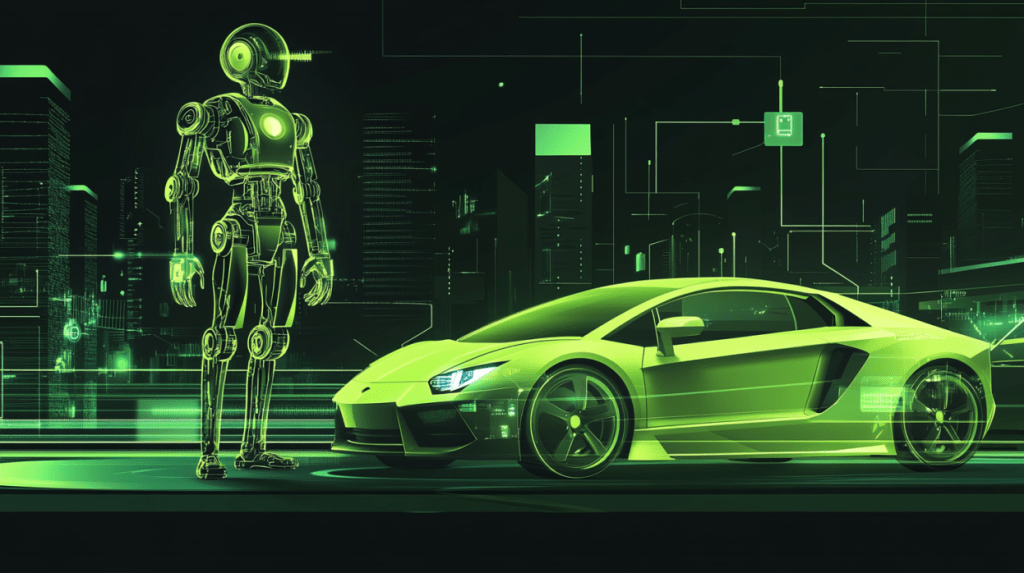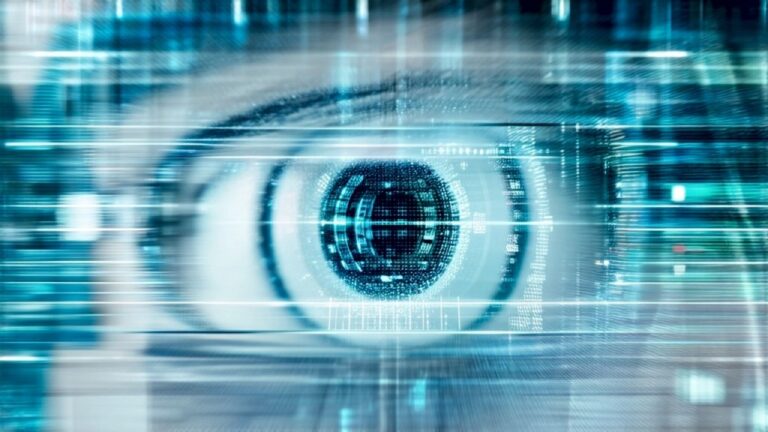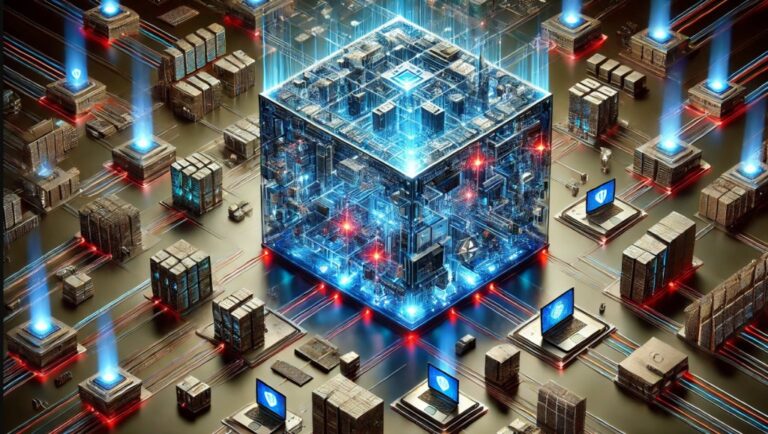Revolutionizing Robot Training: Nvidia’s Cosmos-Transfer1 Brings Unmatched Realism to AI Development
Nvidia has unveiled its latest innovation, Cosmos-Transfer1, a revolutionary AI model designed to generate photorealistic simulations. This cutting-edge technology aims to enhance training for robots and autonomous vehicles by effectively bridging the gap between virtual and real-world environments.
What is Cosmos-Transfer1?
Cosmos-Transfer1 represents a significant leap in AI-driven simulation technology. This model enables the creation of highly realistic training environments that mimic real-world scenarios, thereby improving the performance of robotic systems and autonomous vehicles.
Key Features of Cosmos-Transfer1
- Photorealistic Simulations: The model generates images and scenarios that closely resemble real-life conditions.
- Enhanced Training: It provides a rich dataset for training AI systems, leading to better decision-making capabilities.
- Bridging Virtual and Real Worlds: Cosmos-Transfer1 helps in reducing the discrepancies between simulated and real-world experiences.
- Scalability: The model can easily adapt to various training needs across different industries.
Applications in Robotics and Autonomous Vehicles
The implications of Cosmos-Transfer1 are profound, particularly in sectors such as transportation and logistics. The ability to train systems in realistic environments can:
- Improve safety measures by identifying potential hazards.
- Enhance the efficiency of autonomous navigation systems.
- Reduce the costs associated with real-world testing.
Why Choose Nvidia’s Cosmos-Transfer1?
Nvidia’s commitment to innovation in AI technology ensures that Cosmos-Transfer1 stands out among its competitors. With a focus on creating authentic experiences, this model is poised to set a new standard in the realm of AI simulations.
Learn More About AI Innovations
For further insights into AI technologies and their applications, visit Nvidia’s Research Page or explore our related articles on AI technology advancements and training autonomous vehicles.







